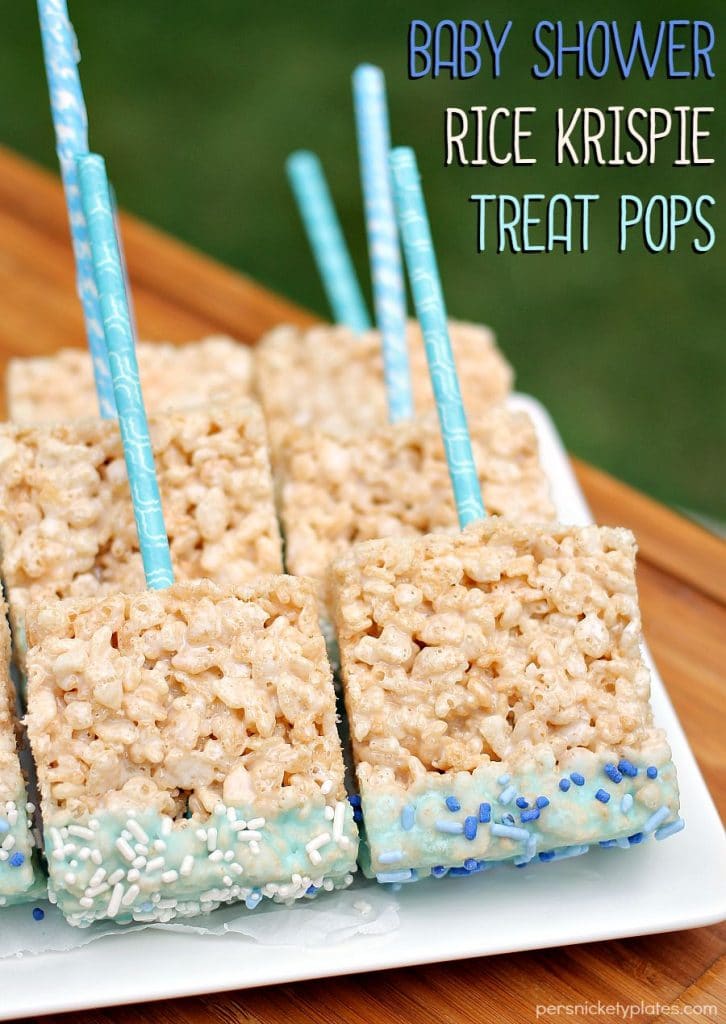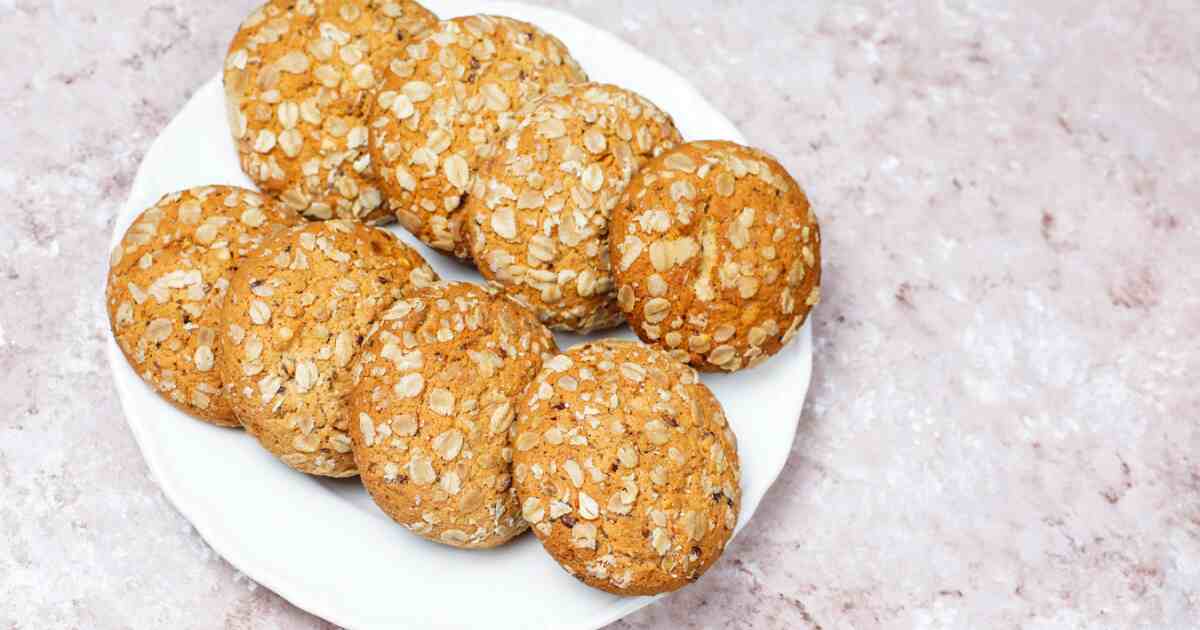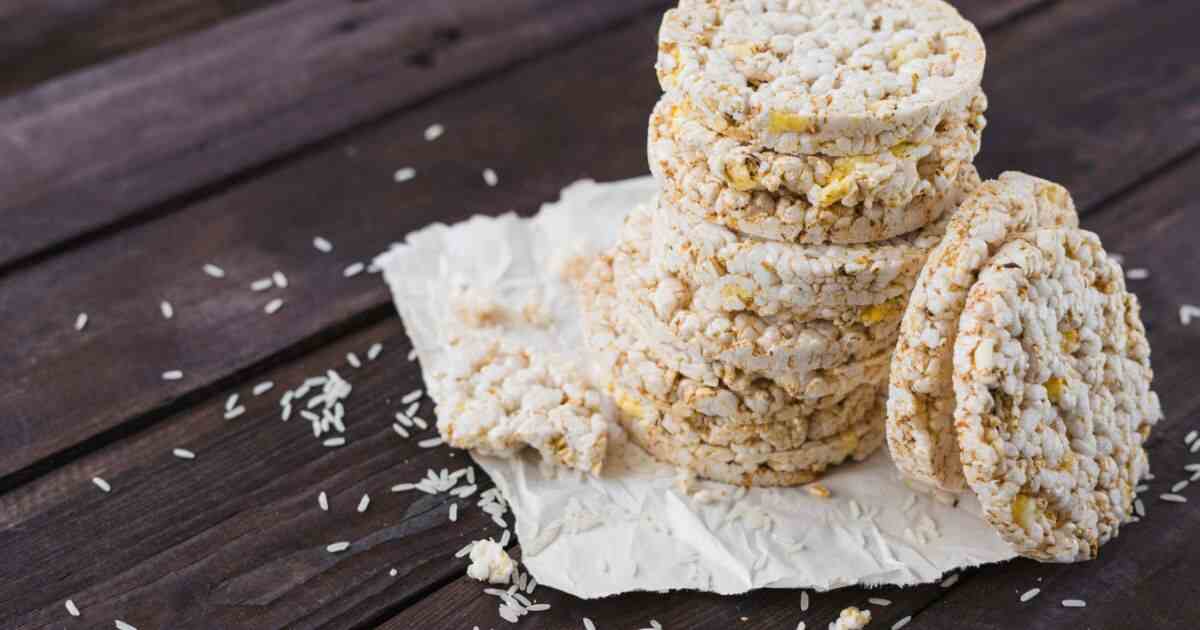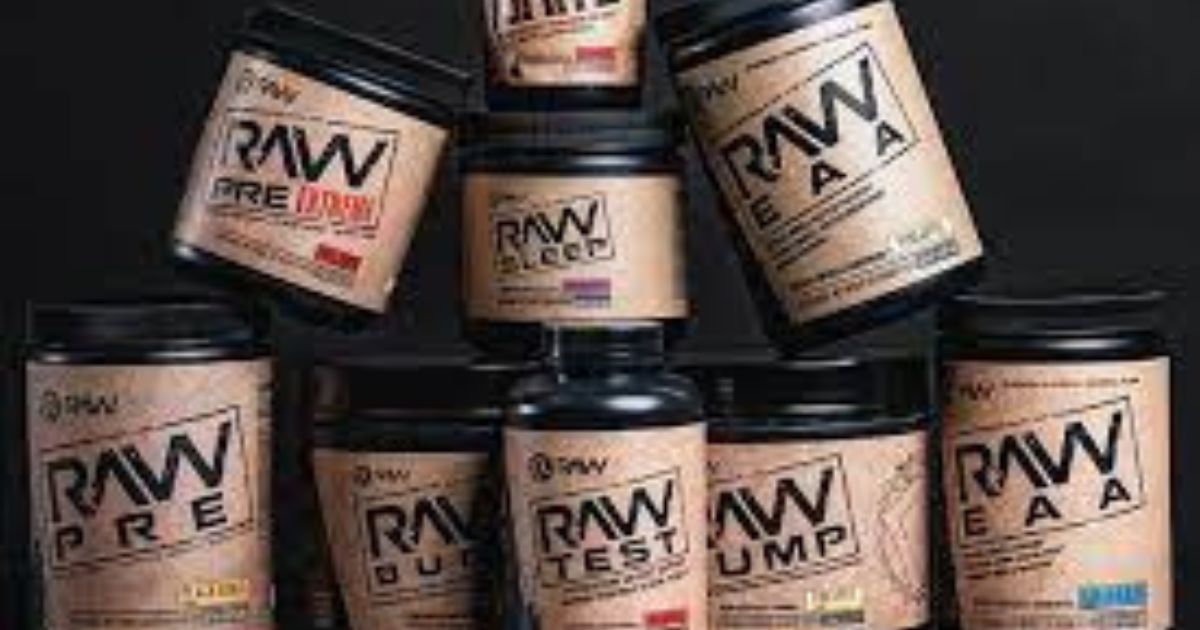One rice krispie treat contains 90 calories and 12 grams of sugar. Rice krispie treats are a classic childhood favorite, but as with most sweet treats, they’re not exactly a nutrition powerhouse.
These marshmallow and cereal-based treats have a high sugar and calorie content, with one treat containing 12 grams of sugar and 90 calories. While they may be an enjoyable snack in moderation, they’re not a healthy option to be regularly included in one’s diet.
Additionally, rice treats are not a good source of essential vitamins and minerals that the body needs to function properly. It’s important to remember that while indulging in treats is fine in moderation, maintaining a balanced diet of whole, nutrient-dense foods is key to overall health and well-being.

Credit: www.persnicketyplates.com
What Are Rice Krispie Treats?
Rice Krispie has been an American favorite for years, whether for school lunches, birthday parties, or simply as a sweet treat. These crunchy, gooey treats consist of marshmallows, butter, and puffed rice cereal. Here is a brief history and description of these treats, an overview of the ingredients used, and their nutritional value.
Brief History And Description Of Rice Krispie Treats
- Rice were developed in the 1920s by malitta jensen and mildred day at the kellogg company.
- The invention of rice krispie cereal in 1927 led to the creation of the marshmallow and cereal treat.
- Rice krispie treats are a no-bake, easy-to-make snack, beloved by people of all ages.
- They have a crispy, crunchy texture and a delicious, sticky sweetness.
Overview Of The Ingredients Used In Rice Krispie Treats
- The primary ingredients in rice krispie treats are puffed rice cereal, marshmallows, and butter.
- Puffed rice cereal is low in calories, fat, and sugar, and is a good source of carbohydrate.
- Marshmallows are made from sugar, corn syrup, and gelatin to create a fluffy, sweet candy-like snack.
- Butter adds richness to the treat and helps the ingredients stick together.
Nutritional Value Of Rice Treats: Calories, Carbs, Fat, And Protein
- One rice Krispie typically contains around 90-100 calories, depending on the size of the treat.
- The majority of calories in rice krispie treats come from carbohydrates and sugar, with very little fat and protein.
- Depending on the exact recipe, rice krispie treats can range from 18-25 grams of carbohydrates per serving.
- While delicious, rice treats should be enjoyed in moderation due to their high sugar content.
Rice krispie treats are a classic american treat, loved by many. They are easy to make and can be enjoyed by all. While they are not the healthiest snack option, they are a delicious treat to indulge in occasionally.
Dissecting Rice Krispie Treats Nutrition Facts

Rice treats, a fan-favorite snack, is a sweet delight enjoyed by people of all ages. But, have you ever looked at the nutrition label on a rice treat? Let’s explore how to dissect the nutrition facts to make more informed choices when snacking.
Reading The Nutrition Label: Serving Size, Calories, And Macronutrients
- The serving size for rice Krispie is one bar, which weighs 22 grams.
- One bar contains 90 calories, equivalent to 4.5% of an average adult’s daily requirement.
- The macronutrients in one bar of rice krispie treat are:
- 14 grams of carbohydrates
- 1 gram of protein
- 3 grams of fat
- 1 gram of saturated fat
Understanding The Difference Between Added Sugars And Natural Sugars
- Sugars are classified as natural or added sugars.
- The sugar in rice treats is considered added sugar, as the cereal contains sugar in addition to the naturally occurring sugars.
- Added sugar in our diet is linked to obesity and chronic diseases.
Examining The Amount And Types Of Sugars, Fats, And Artificial Additives Used In Rice Krispie Treats

- The main ingredients in rice krispie treats are rice krispies cereal, marshmallows, and butter.
- There are 8 grams of added sugar in a rice krispie treat, equivalent to 2 teaspoons of sugar.
- High fructose corn syrup is the primary added sugar in treats, followed by corn syrup solids and sugar.
- A single treat contains 3 grams of fat, with 1 gram being saturated fat.
- Artificial flavors and colors, such as blue 1, yellow 5, and red 40, are also found in rice krispie treats.
Now that we’ve dissected the nutrition facts on rice krispie treats, it’s essential to remember moderation is key. While enjoying such a snack occasionally is okay, being mindful of the ingredients and serving size is crucial for a healthy diet.
How Rice Krispie Treats Fit Into A Healthy Diet
Exploring The Role Of Rice Krispie Treats In A Balanced Diet
Rice krispie treats are a popular snack among kids and adults alike, and for good reason! These sweet treats are crispy, chewy, and delicious, making them a favorite for many. But, can they be a part of a healthy diet?
Experts recommend that even the most indulgent foods can fit into a balanced diet – in moderation. Here are some key points to keep in mind:
- Rice treats are high in sugar and calories, which means they should be consumed in moderation.
- Being mindful of portion sizes is crucial when enjoying a sweet snack like rice krispie treats.
- Eating a balanced diet that includes plenty of fruits, vegetables, lean protein, and whole grains, is key to achieving optimal health.
Comparing The Nutritional Value Of Rice Treats To Other Common Snack Foods

It’s essential to compare the nutritional value of rice treats to other common snack foods. Here’s how they stack up:
- Granola bars: Some granola bars may contain more sugar and calories than rice krispie treats, so it’s essential to read the nutrition label before consuming.
- Fresh fruit: Fresh fruit is an excellent snack option that provides essential vitamins, fiber, and antioxidants. Fresh fruit can be enjoyed alone or paired with nut butter or yogurt for an added protein boost.
- Chips: Potato chips and other similar snacks are often high in calories and unhealthy fats and lack essential nutrients.
Suggesting Healthier Snack Alternatives For Your Children And Yourself
If you find yourself frequently reaching for rice krispie treats or other sugary snacks, consider trying one of the following healthier alternatives:
- Fresh fruit or veggies, paired with hummus or greek yogurt dip
- Air-popped popcorn, seasoned with your favorite herbs and spices
- Rice cakes or rice crackers topped with avocado or nut butter
- Smoothies made with fresh fruit, yogurt, and spinach
- Granola bars made with nuts and seeds, and sweetened with natural sugars like honey or maple syrup.
Remember, balanced nutrition is all about moderation, so there’s no need to deprive yourself of the occasional rice krispie treat or indulgent snack. The key is to make smarter choices most of the time, so you can remain healthy and satisfied.
Common Myths And Misconceptions Surrounding Rice Krispie Treats
Rice Krispie are a popular dessert enjoyed by many. Although they bring back childhood memories, there are many myths and misconceptions surrounding this classic treat. We will debunk common myths and misconceptions surrounding rice treats. Let’s dive in!
Myth: Rice Treats Are Made With Actual Rice Grains
- Rice krispie treats are made from rice krispies cereal, which is made from rice grains that have been cooked, dried, and then toasted.
- The process removes the bran and germ from the rice, leaving behind just the endosperm. This is what makes the rice crispy.
- The end product is then mixed with butter and melted marshmallows creating the delicious rice krispie treats we know and love.
Myth: Rice Krispie Treats Are A Healthier Alternative To Other Desserts
- Rice treats may seem like a healthier dessert option, but they are still high in sugar and calories.
- One serving of a rice krispie treat (25g) has 90 calories and 8 grams of sugar.
- In comparison, a medium-sized apple (182g) has 95 calories and 19 grams of sugar.
- While rice krispie treats may not be the worst dessert option, they should still be enjoyed in moderation.
Misconception: Rice Krispie Treats Are Suitable As A Regular Snack For Children
- Rice treats should not be considered a regular snack option for children.
- They are high in sugar and calories, which can lead to weight gain and other health problems if consumed regularly.
- Instead, children should opt for healthier snack options such as fresh fruits, vegetables, and whole-grain snacks.
Rice krispie treats are a delicious dessert but should be enjoyed in moderation. Don’t fall for the common myths and misconceptions surrounding this classic treat. Remember to stick to healthy snacking options and indulge in rice krispie treats as an occasional treat.
Frequently Asked Questions On Rice Krispie Treat Nutrition Facts
What Are Rice Krispie Treats?
Rice treats are a popular dessert made from rice cereal, melted marshmallows, and butter. These no-bake bars are sweet, gooey, and crispy, making them a favorite for many.
Are Rice Krispie Treats Healthy To Eat?
Rice krispie treats are not the healthiest dessert option available. One bar contains about 100 calories, 15g sugar, and 2g fat. However, they’re safe to eat in moderation as part of a well-balanced diet.
Do Rice Treats Contain Allergens?
Yes, rice krispie treats contain potential allergens such as dairy, and soy. If you have a food allergy, always check the ingredient list before consuming or seek advice from your healthcare provider.
How Long Do Rice Krispie Treats Last?
Rice krispie treats can last for 2-3 days if stored in an airtight container at room temperature. For longer shelf life of up to a week, store them in the refrigerator.
What Are Some Variations Of Rice Krispie Treats?
There are plenty of variations of rice krispie treats such as adding chocolate chips, sprinkles, or drizzling caramel. You can also add fun toppings like crushed candy or cereal to give them a unique twist.
Conclusion
The nutritional benefits of rice treats may come as a surprise to many, as they are commonly viewed as a sugary indulgence. However, with only 90 calories and 2 grams of fat per serving, rice krispie treats are a sensible option for a sweet snack.
In addition, they are free of cholesterol and a good source of carbohydrates for added energy. While moderation is key in any diet, the occasional treat can be incorporated into a healthy lifestyle. By being aware of the nutritional value of the foods we consume, we can make informed choices and enjoy the foods we love without compromising our health.
So next time you’re in the mood for a sweet snack, reach for a rice treat with confidence knowing it’s both delicious and nutritious.




